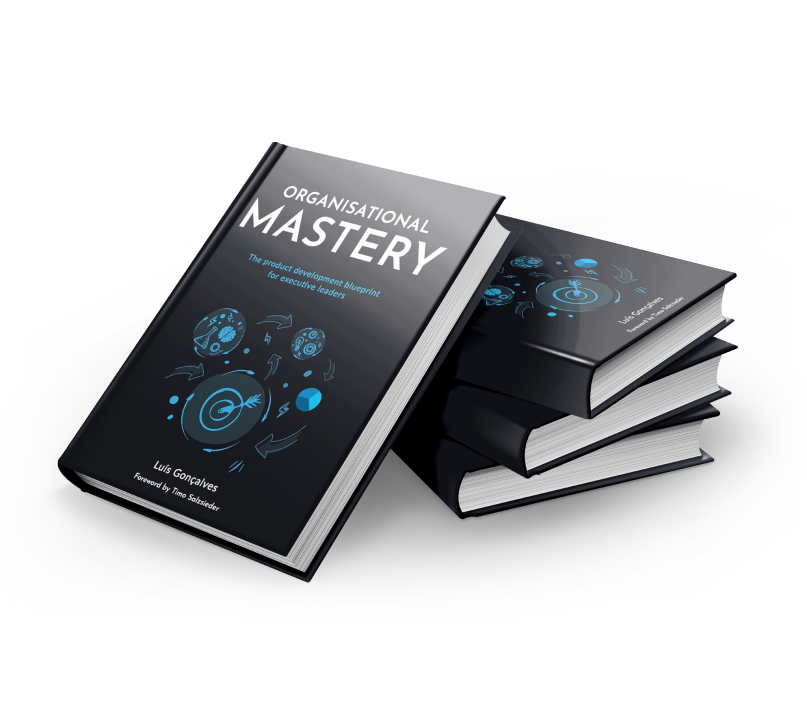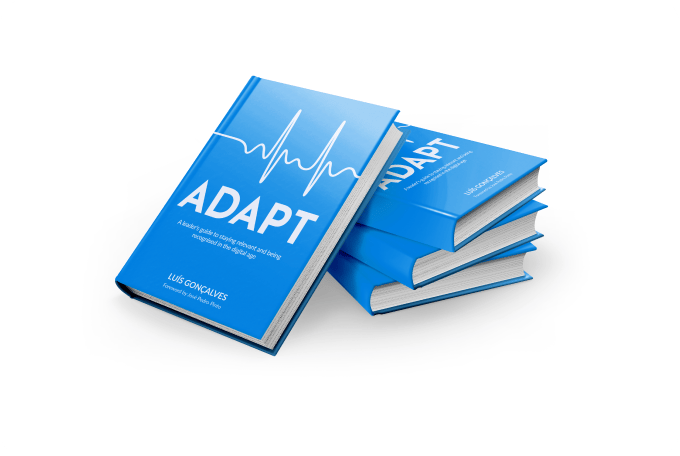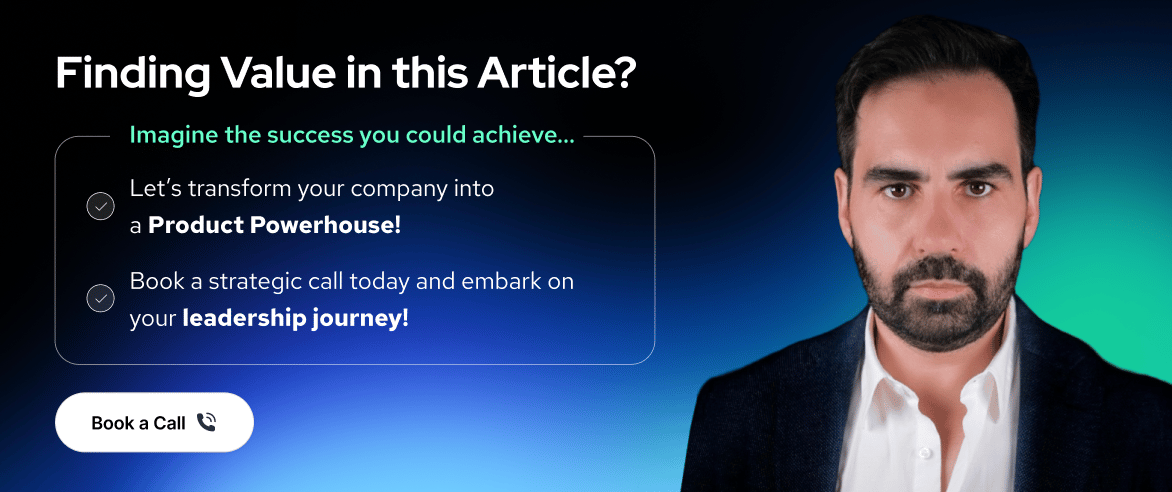Share this
OKR Guide: Understanding OKRs and How It Benefits Your Business
by Luis Gonçalves on Jan 13, 2024 6:15:54 AM
OKR Guide - Objectives and Key Results (OKR) is a popular framework in goal setting and management that helps organisations implement a solid strategy.
From improved focus to better team alignment, transparency, and accountability, OKR helps a company achieve its goals by helping team members create their own goals and take actions.
The main components of an OKR are: objectives and key results. The latter describes how the said objectives will be measured. Each OKR can also have initiatives that refer to the work required to do to drive progress.
This concept follows a few rules to ensure that team members learn how to prioritise, focus and align and scale the outcome of their tasks and responsibilities.
Different companies are being helped by OKR in which it helps them convey company strategies to their team members in a practicable and quantifiable manner. OKR also helps these companies to move forward from output to outcome-based methods at work.
Objectives & Key Results
What makes an objective?
It is an aim, intention, goal, or purpose to be sought in the future. It gives a comprehensible course and also provides you with inspiration. It serves as a guide throughout achieving a certain aim.
What’s a Key Result
This concept is mainly a metric system where there is an initial or starting and target value measuring progress towards an objective or goal.
Key result is like a meter that helps you measure the distance you covered, and it also implies how far or close you are from your destination while objective serves as your goal or destination.
What defines an initiative?
Initiative describes what you will do in order to determine your Key Result. An objective is your destination; a Key Result is your meter; and, Initiative will help you reach that place.
OKR: Brief History
The long history started in 1954 when Peter Drucker invented Management by Objectives or MBO. Andy Grove founded Intel in 1968. He developed MBO and remodel it into what we know today, the OKR.
It was in 1974 when John Doerr joined Intel. There, he learned about OKR. When he went on and joined one of the major investors of Google, Kleiner Perkins Caufield & Byers, he became a mentor in Google in its early days.
OKR was introduced to the founders of Google, Larry Page and Sergey Brin, by Doerr. These two implemented OKR to Google which today is still in use.
OKR and its Benefits
Impact on Your Business
Studies have shown that employees who used OKR tend to be more effective at their jobs, which results to better performance and increased sales, than those who don’t. Furthermore, team members who didn’t use OKRs proactively asked to be part of the OKR process in future cycles.
Company/Organisation Culture Benefits
One of the major benefits of using OKRs is that it allows an organisation to greatly focus on metrics and KPIs. This makes a cultural shift from output to outcomes. OKRs also create focus, alignment and transparency within the organisation.
When combined, these factors lead to a significant improvement in employee engagement.
OKR Guide: How to Get Started with OKRs
Before starting, it is important for every company to understand the issues they want to solve or the objectives they want to achieve. For most organisations, OKR is a powerful framework that allows them to solve problems and create a business strategy in a clear, transparent and scalable way.
The successes of OKRs depend vastly on the person in charge of their implementation and management. This person is known as the OKR Ambassador, and his primary role is to ensure that each team member using the OKR knows what he is doing, is engaged, and receives help and guidance throughout the process.
Apart from being a management framework, OKR is also a learning process that enables people to think about the specific steps they need to do so that they are able to focus on the outcomes (objectives), not just the output (tasks).
Curious how to set up an OKR, check an example or two in the article about ways how to engage your employees to commit to the company goals.
Setting up OKR Cadences
In most organisations, OKRs are set up in two time periods - annually and quarterly. For the annual OKRs, companies tackle about high-level goals, which coincide with their yearly strategic cadence. Meanwhile, quarterly OKRs are usually owned by teams and departments, followed by shorter review cycles.
This process makes it easy for an organisation to shift direction in terms of strategies. These quarterly goals are aligned with the main goals of the company.
Creating an Ultimate OKR
Every organisation has a mission and vision. But too often, these are very difficult to understand as they are too generalised and encompassing. Through OKRs however, the company can turn their mission and vision into actionable items that are measurable and attainable.
By turning them into your ultimate OKR, you are able to define your long-term organisational goals wherein all the other OKRs in your teams align.
The ultimate OKR should is set for long-term, around 10-25 years. An excellent example is when Ex-US President John F Kennedy decided America should put a man on the moon. They called it the “Moonshot Goal”.
To achieve this, NASA set smaller goals, such as the establishment of long-range studies on aeronautical explorations and other space activities for the said purpose. Fast forward to 1961, NASA achieved their ultimate goal.
How to Create Company OKRs
Your OKRs represent your strategy as to where you want to lead your organisation. Your OKRs include 3-4 key results that are all measurable. You review these OKRs annually or quarterly to keep track of your progress.
As the leader, it is paramount that you decide on what you want to achieve in the following 12 months. Gathering feedback from your team members is greatly important in creating OKRs and ensuring that everyone is aligned.
Consider launching an OKR workshop to introduce the concept to your team where team members actively provide suggestions on what they think the top priorities of your organization should be.
Did you like this article?
We enable leaders to become highly valued and recognized to make an impact on the World by helping them to design Digital Product Companies that will thrive and nourish in the Digital Age, we do this by applying our own ADAPT Methodology®.
If you are interested in knowing if you have what it takes to design and build a great digital product company simply take our Digital Leadership Influence Scorecard.
If you want to know how we can help you to start your transformation please check out our: Training.
If you are interested in doing a transformation in your company please check out our: Consulting.
Share this
- Agile Methodologies (18)
- Product Strategy (18)
- OKRs (16)
- Scrum (16)
- Product Mindset (14)
- Project To Product (10)
- Agile Retrospectives (9)
- CoPs (9)
- Knowledge Sharing (9)
- Time To Market (8)
- Product Discovery (7)
- Continuous Improvement (5)
- Strategy (5)
- Scrum Master (4)
- Content Marketing Strategy (3)
- Product Owner (3)
- Technical Excellency (3)
- Digital Transformation (2)
- Innovation (2)
- Scaling (2)
- Team Building (2)
- Business Model (1)
- Cost Of Delay (1)
- Customer Feedback (1)
- Customer Journey (1)
- Customer Personas (1)
- Design Thinking (1)
- Digital Leadership (1)
- Digital Product Tools (1)
- Go To Market Strategy (1)
- Google Design Sprint (1)
- Lean Budgeting (1)
- Lean Change Management (1)
- Market Solution Fit (1)
- Organisational Impediments (1)
- Outsourcing (1)
- Product (1)
- Product Metrics (1)
- Product Roadmaps (1)

Organisational Mastery
Get your free copy

ADAPT
Get your free copy

Product First
Get your free copy

